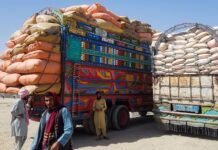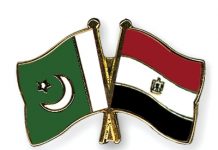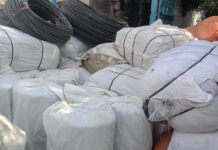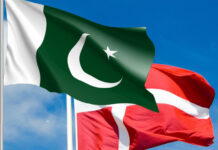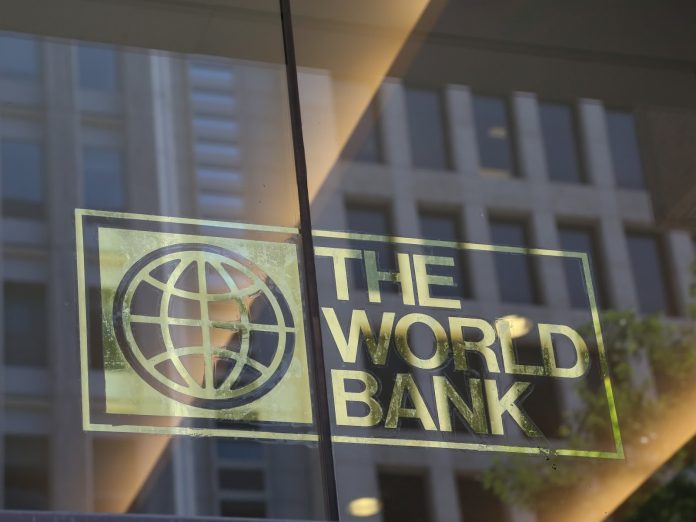ISLAMABAD: Floods wreaked havoc in Pakistan, this year as thousands died and millions got displaced. Infrastructure worth billions was destroyed by water, and Pakistan, a country already destitute in its financing needs was left dumbfounded at how they will be able to solve this crisis. The government estimated that Pakistan needed an additional 16 billion dollars just to rehabilitate the victims of the monsoon floods. Whereas, international estimates by organisations like Reuters, amount up to $30 billion. Last month, Pakistan put up a strong front at the COP 27 summit and was given the promise of repercussions.
In that same breath, the executive board of the World Bank has announced the financing of 1.692 billion dollars for 5 different programs in Sindh, on Tuesday the 19th of December. According to the World Bank, Sindh was the province worst-affected by the 2022 floods. The World Bank’s Country Director for Pakistan, Najy Benhassine said that, “Beyond the rehabilitation and reconstruction of damaged houses and infrastructure, our engagement in the flood response effort is an opportunity to strengthen resilience, and reform institutions and governance structures”
When it comes to disaster management, Pakistan has always been quick to respond and somewhat recover from natural disasters. But some of the more important steps of this management cycle have either been overlooked or are beyond our financial and logistical capabilities. These are steps like sustainable redevelopment after the disaster, and prevention and Mitigation of the disasters. The World Bank’s projects are aimed at these very needs, along with improving institutional capacity to improve future response to such disasters.
According to the press release by the World bank, two programs, worth $500 million each, are aimed at rehabilitation and reconstruction of critical infrastructure and housing. The rehabilitation project will provide, “A community-level cash-for-work program (which) will provide short-term income support to approximately 100,000 households.” The same project will “help restore and improve critical irrigation and flood protection infrastructure, water supply schemes, roads, and related infrastructure.” for more than 2 million people in Sindh.
The second project, namely the reconstruction project aims to build 350,000 multi-hazard resilient housing units by subsidising the construction. Basic rainwater harvesting systems and twin pit latrines will also be provided for better access to water and sanitation.
The Bank also approved $292 million for the Sindh water and agriculture transformation project. “As an immediate response to the floods, the project will provide cash transfers to approximately 300,000 flood-affected farming households to help restore crop production through the purchase of seeds, fertiliser, and other critical inputs.” stated the World Bank. The project also includes the upgradation of irrigation services using integrated water resource management. It also contains “pilot smart subsidy schemes targeting small- and medium-sized farmers”, which will directly help 14,000 households.
Two of the remaining projects, worth $200 million each are helping towards health services, specifically for maternal and child care. According to the press release, “ The (first) project supports alignment and connectivity with the Federal National Database Registration Authority (NADRA) and will provide conditional cash transfers (CCTs) to 1.3 million mothers and their children to support improved maternal and child health outcomes, particularly in the wake of service disruption after the floods.”
The second project is targeted towards, “rehabilitation and reconstruction of health infrastructure that was damaged in the floods, disrupting the delivery of these services.” according to the World Bank. The project will improve the access to quality healthcare services for the people in remote or peri-urban areas, especially for women, girls and children.
The nature of the Project Financing (debt or aid), is often such that it cannot be used to cover a country’s balance of payments needs. The amount is designated for development and development alone, but the incoming dollars in the current drought is more of a positive than a negative sign for the economy. Simultaneously Pakistan has been a direct victim of climate inaction by the global north, and has an estimated need of more than $16 billion, that can be attributed to the flood. This means that it would need a lot more than $1.692 billion before it can truly claim to have provided relief to the flood victims.


